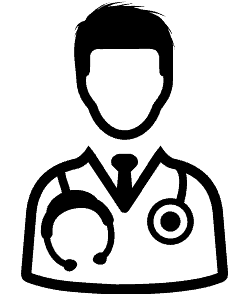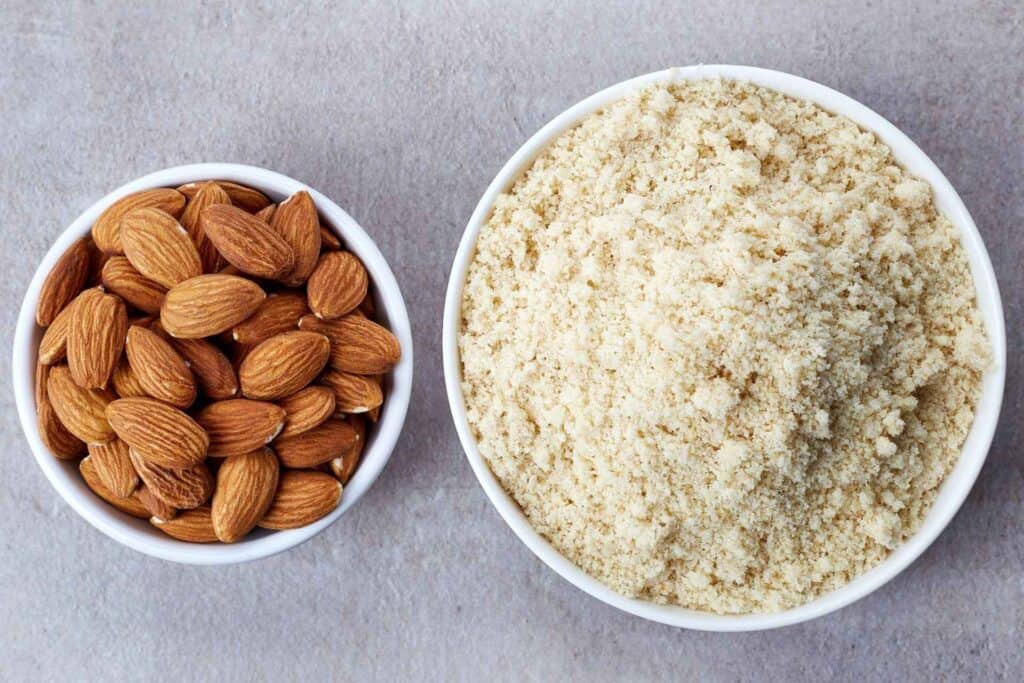
Flour is the most consumed part of food in our daily lives, whether it is bread, cookies, pasta, or snacks. Wheat flour is widely used in our homes for normal people, but for people with conditions like allergies or diabetes, almond flour is the best choice. So in this article, we are going to answer the questions “Is almond flour good for diabetes”, “What are their benefits?”, “What are their drawbacks?” and all other questions related to almond flour and diabetes.
Let’s start with “What is an almond?”

Almond is commonly referred to as a nut, which is a teardrop-shaped edible seed that is the fruit of the almond tree. It is available in shelled and blanched forms on the market. In blanched form, the almond is left in boiling water for 60 seconds and then rinsed in cool water to quickly cool it and remove the outer brown skin, leaving the white interior of the seed.
Before going to the topic, I would like to give the nutrient composition of 100 g of almonds.
Nutrient composition of almonds according to the USDA’s FoodData Central database:
| Nutrient | Unit | Per 100 g | Per 30 g serving |
|---|---|---|---|
| Macronutrients | |||
| Water | g | 4.70 | 1.41 |
| Energy | kcal | 575 | 172 |
| Carbohydrates | g | 18.7 | |
| Protein | g | 21.22 | 6.37 |
| Total fat | g | 49.42 | 14.83 |
| Total sugars | g | 3.89 | 1.17 |
| Dietary fiber | g | 12.20 | 3.66 |
| Minerals | |||
| Calcium | mg | 264 | 79 |
| Iron | mg | 3.72 | 1.12 |
| Magnesium | mg | 268 | 80 |
| Phosphorus | mg | 485 | 145 |
| Potassium | mg | 705 | 211 |
| Sodium | mg | 1 | 0 |
| Zinc | mg | 3.08 | 0.92 |
| Copper | mg | 1 | 0.30 |
| Manganese | mg | 2.28 | 0.68 |
| Selenium | µg | 2.50 | 0.75 |
| Vitamins | |||
| Thiamin | mg | 0.21 | 0.06 |
| Riboflavin | mg | 1.01 | 0.30 |
| Niacin | mg | 3.38 | 1.01 |
| Pantothenic acid | mg | 0.47 | 0.14 |
| Vitamin B6 | mg | 0.14 | 0.04 |
| Folate | µg | 50 | 15 |
| Vitamin A (retinol equivalent) | µg | 0 | 0 |
| Vitamin E | |||
| α-Tocopherol | mg | 26.22 | 7.87 |
| β-Tocopherol | mg | 0.29 | 0.09 |
| γ-Tocopherol | mg | 0.65 | 0.19 |
| δ-Tocopherol | mg | 0.05 | 0.01 |
| Lipids | |||
| Saturated fats | g | 3.73 | 1.12 |
| Monounsaturated fats | g | 30.89 | 9.27 |
| Polyunsaturated fats | g | 12.07 | 3.62 |
| Phytosterols | mg | 172 | 52 |
| Stigmasterol | mg | 4 | 1 |
| Campesterol | mg | 5 | 1 |
| β -Sitosterol | mg | 132 | 40 |
| Other phytosterols | mg | 31 | 10 |
| Amino acids | |||
| Lysine | g | 0.58 | 0.17 |
| Arginine | g | 2.47 | 0.70 |
| Other | |||
| β -Carotene | µg | 1 | 0 |
| Total phenolics | mg | 418 | 125 |
| Total flavonoids | mg | 23.89 | 7.17 |
| Nutrients | Almond Flour | Wheat Flour |
| Amount of Carbohydrates | 18.7 g | 76 g |
| Amount of fiber | 12.20 g | 2.7 g |
So we have the table of nutrition for almonds; let’s go to the benefits of almond flour.
First, we will discuss the general benefits of almond flour. Remember, almond flour can help and give you the following results if it is free from sugar and sweets.
Benefits of Almond Flour:
i) Low carbohydrate amount:

Here we will discuss the non-diabetic problem of using carbohydrates. The main problem carbs do is gaining weight because extra carbohydrates are converted to fats which are stored in the body in the form of fats. Almond flour contains 18.7 grams of carbohydrates which is much lower than wheat flour carbohydrates which are 76 grams. The low amount of carbs makes almond flour ideal for those who want to lose weight.
ii) Gluten-free:
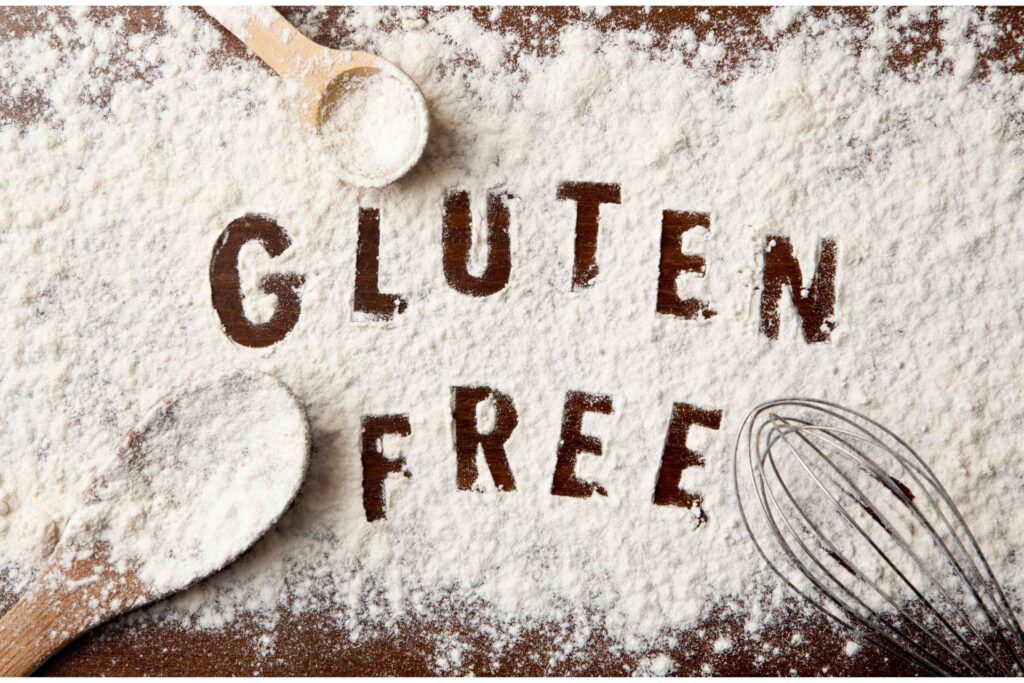
Gluten is a structural protein that is found in certain cereal grains, i.e. heat, barley, and rye. In medical literature, it refers to the combination of prolamin and glutelin proteins that are naturally occurring in all grains and have been proven to cause celiac disease.

Celiac disease is a long-term autoimmune disease that primarily affects the small intestine in which the individual develops intolerance to gluten. Classic symptoms include gastrointestinal problems such as chronic diarrhea, abdominal distention, malabsorption, loss of appetite, and among children failure to grow normally.
Almond is a gluten-free flour which makes it the best substitute for other flour.
iii) High amounts of micronutrients:

Almonds are micronutrient-rich. Almond has a high amount of vitamin E, vitamin B2 (riboflavin), and minerals, i.e., calcium, magnesium, phosphorus, potassium, zinc, copper, and manganese, making almond flour better than other flours.
In the above micronutrients, for example, Manganese helps the body to clot the blood properly so as to heal the body perfectly. Magnesium helps the body to breakdown the carbohydrates and cholesterol.
iv) Sodium-free and high potassium content:
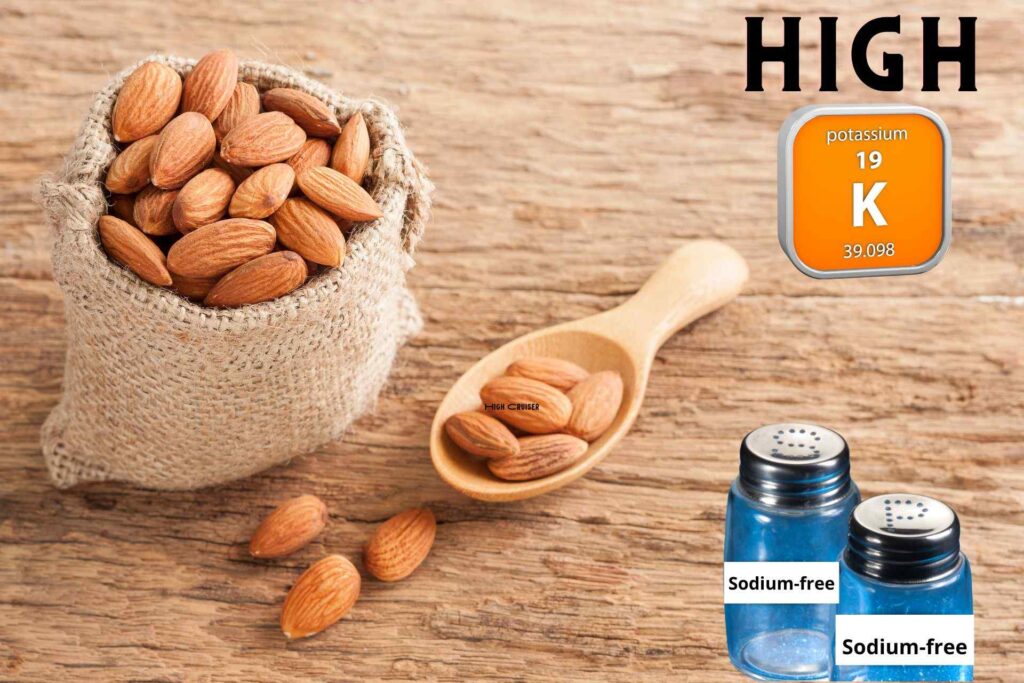
The above table shows almonds are sodium-free and high in potassium according to EU nutrition claim criteria. Therefore, it fits best in low-sodium or high-potassium diets.
v) Maintain good heart health:

Almonds contain monounsaturated and polyunsaturated fats (30.89 and 12.07, respectively), which means they have one and many double bonds, respectively. Unsaturated fats are oil at room temperature and indicate they’re obtained from plants (after hydrogenation, they are converted to ghee, which is solid at room temperature). The unsaturated fats keep the cholesterol (LDL) level under control by collecting it from the blood vessels and body tissues and carrying it to the liver for removal.
vi) High protein and dietary fiber content:

Almond flour contains a rich amount of protein and dietary fiber. The above table shows that almond flour has 21.22 g of protein compared to wheat flour, which has 10 g of protein per 100 grams. The amount of dietary fiber is 12.20 g in almond flour, while wheat flour only has 2.7 g of dietary fiber.
Dietary fibers attenuate the rising level of postprandial glycemia and lower the plasma cholesterol concentration.
Now we are going to explain the benefits of almond flour for diabetic people.
Benefits of Almond flour for diabetic people:
i) Doesn’t spike the glucose level:
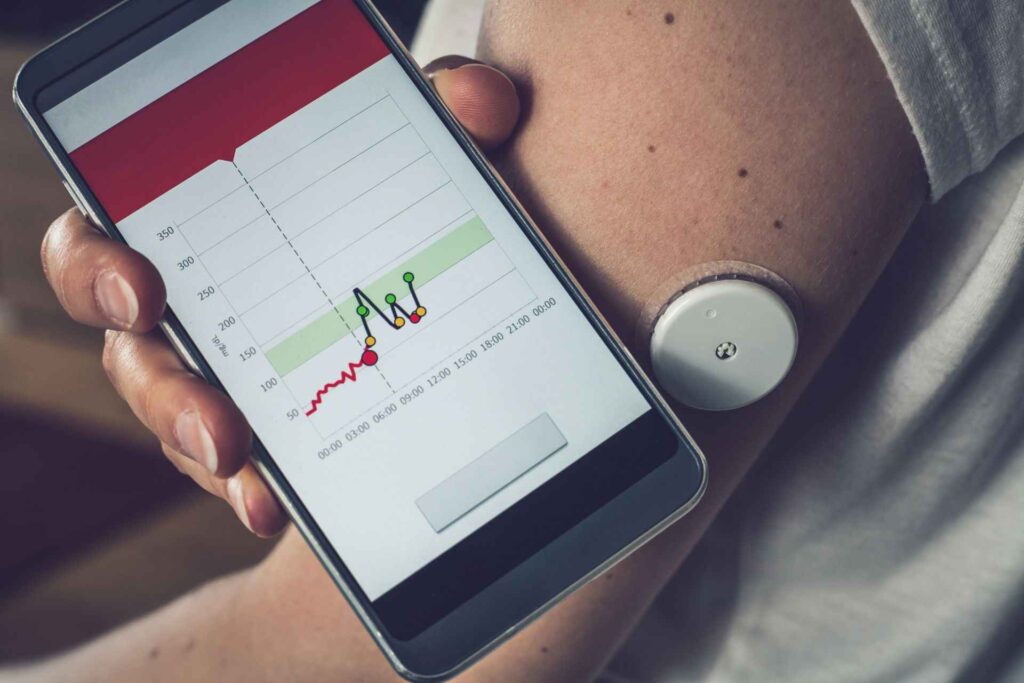
In the above section, we discussed the low carbohydrate value for non-diabetic people; here we will discuss the benefits of a low carbohydrate value in almond flour. Diabetes is associated with a high amount of glucose (carbs), while almond flour has just 18.7 grams of carbohydrates compared to wheat flour, which has 76 grams. The low carb level doesn’t spike the glucose level, making it best for diabetic people.
ii) Improve insulin resistance:

As discussed, almond flour contains polyunsaturated fats and also contains omega-6-fatty acids that are beneficial for diabetics because they can improve insulin resistance and cell inflammation. These benefits help you keep your heart healthy and make you able to manage diabetes risk factors even more effectively.
iii) Reduce the risk of stroke:

Diabetes means a high level of sugar in the blood, which leads to damage to the blood vessels and the dysfunction of endothelial cells. Also, the high glucose level can cause a clot that can block the vessel in the brain and lead to a stroke.
Almond flour has less amount of carbs which means your body will get very less amount of glucose so keeping you safe from stroke and diabetes adverse.
We have discussed the general and diabetic benefits of almond flour let’s take a glow at the drawbacks and downsides of almond flour.
Drawbacks of almond flour:
I) Allergic reaction:
Almond is a true tree nut which is big eight food allergens. As almond flour is made from almonds so there is a risk of nut allergies for nut-allergic people.
According to the American Academy of Allergy, Asthma & Immunology, the US population has 0.1 to 1% of nut allergies prevalence.
II) High calories:
Though almond is the best substitute for carbs but overall it has high calories of 590 and more than 50 grams of fats per 100 grams compared to wheat flour which has 360 calories per 100 grams.
Habitually making it a substitute for wheat flour is not good but if needs to be a substitute for daily intake the proportion should be kept in mind.
III) High cost:
The price of almond flour is high whether bought from the store or made at home. This makes it a little hesitant while buying compared to regular wheat flour.
After all, these discussed now it is the turn of making almond flour at home.
Almond comes in dozens of varieties and shapes i.e. Raw, unsalted, roasted, salted, spiced, slivered, sliced, and many more. But making almond flour the Raw Unsalted Almond With the Skin On, Blanched Almonds, and Slivered Almonds give the best results.
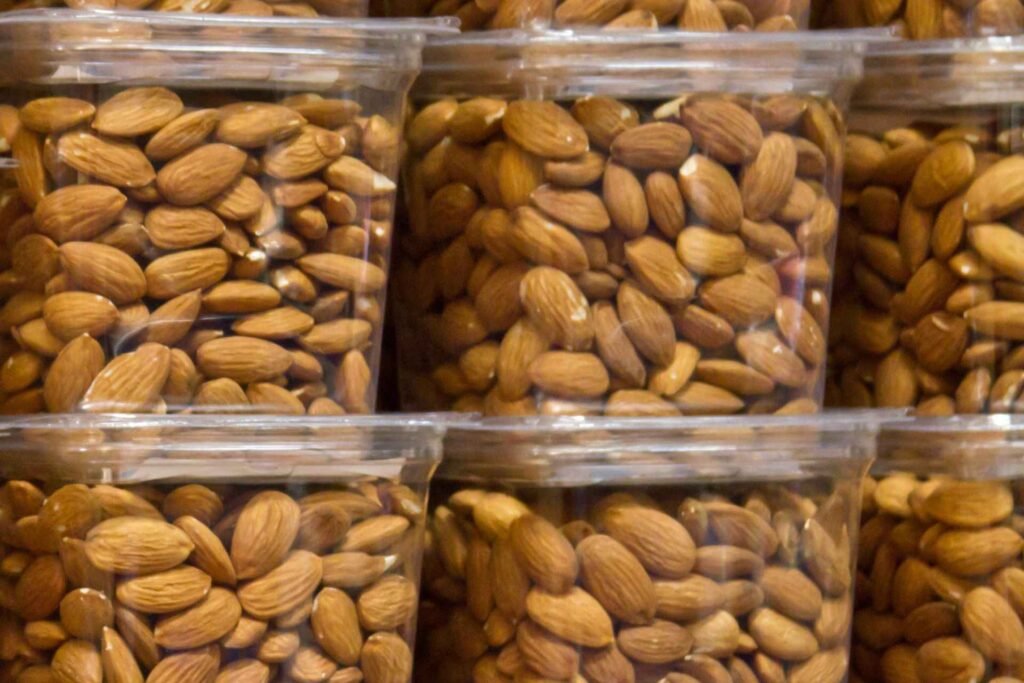
- Raw Unsalted Almonds are unprocessed almonds with skin that are packaged after the nutshell is removed. Raw unsalted almonds are used to make the meal at home and are brown in color.
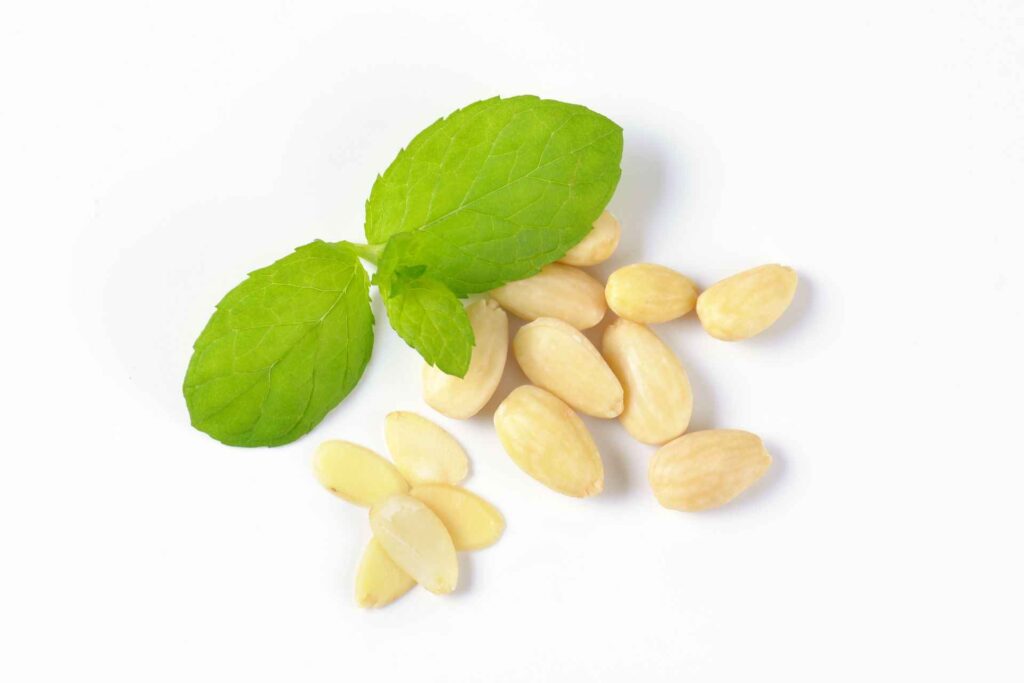
- Blanched Almonds are almonds whose skin is removed. You can Blanche the almond at home or buy it from the store, but the price of blanched almonds is slightly higher because of labor. The flour from blanched almonds is called almond flour, and its color is white.

- Slivered Almonds are also blanched almonds, but they are sliced across their diameter into thin sticks.
To start the process of making almond flour at home, the following things need to be present.

1. Raw, blanched, or slivered almonds
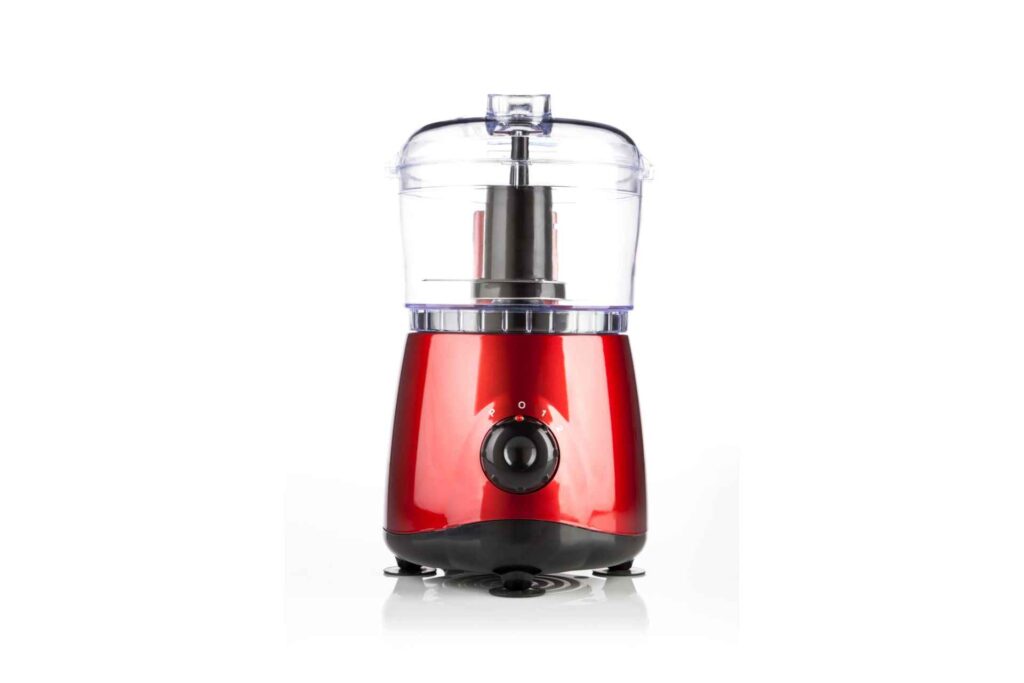
2. A food processor with the blade attached
Before going through the process of making almond flour at home, did you think which almond flour is best, white almond flour (blanched almond) or brown almond flour (almond with skin on)?
No.
Okay, let me tell you.

The vitamin E, polyphenol antioxidant (prevents the oxidation of cholesterol), and fibers are concentrated in the skin so with skin the nutritious value is more than peeled almonds. But some elderly people might experience digestive problems while eating almonds with skin so they should peel the skin before eating.
Now if you want to go for brown almond flour (almond with skin on) then you just follow the process after the blanching methods but if you want to go for white flour (blanched almond) then it’s easy to blanch the almond easily at home.
There are two methods to Blanche the almond. The first one is for those who have no hurry and the second one is for those who have some rush.
Method 1:
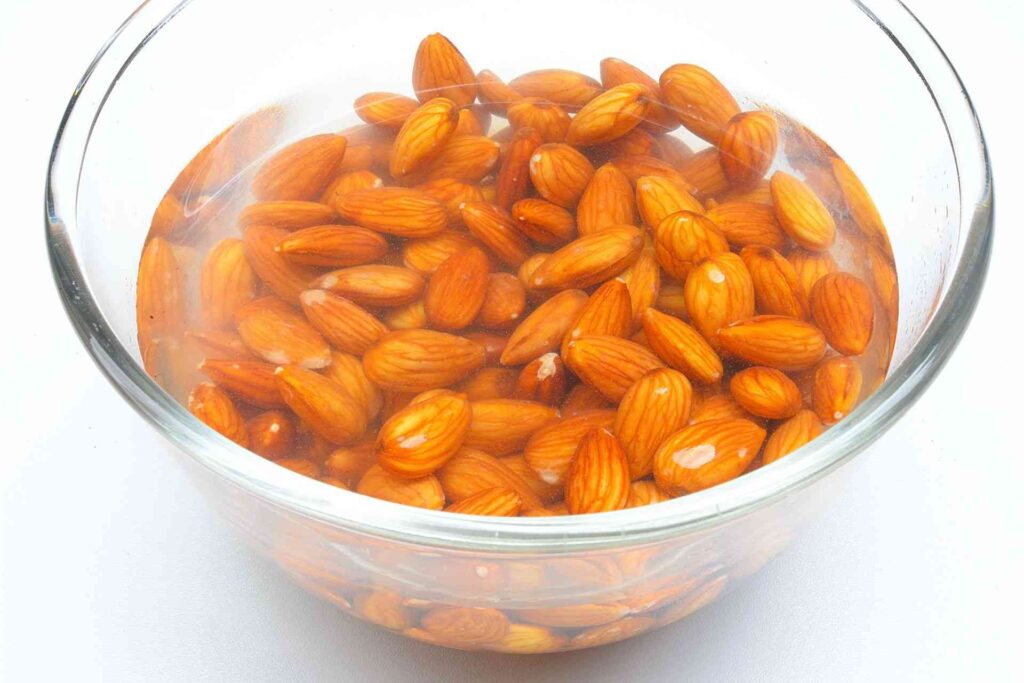
Just take the required amount of almonds with skin on and soak them in the necessary amount of tap water for the whole night. The bowl or container depends on you and you can use that available at home. After putting water and almonds just cover the bowl or container with plastic wrap or a paper towel.
In the morning, drain the water and collect the almonds using a colander or whatever method that is easy for you. Now squeeze the almond with the index finger and thumb, it will peel easily.
Method 2:
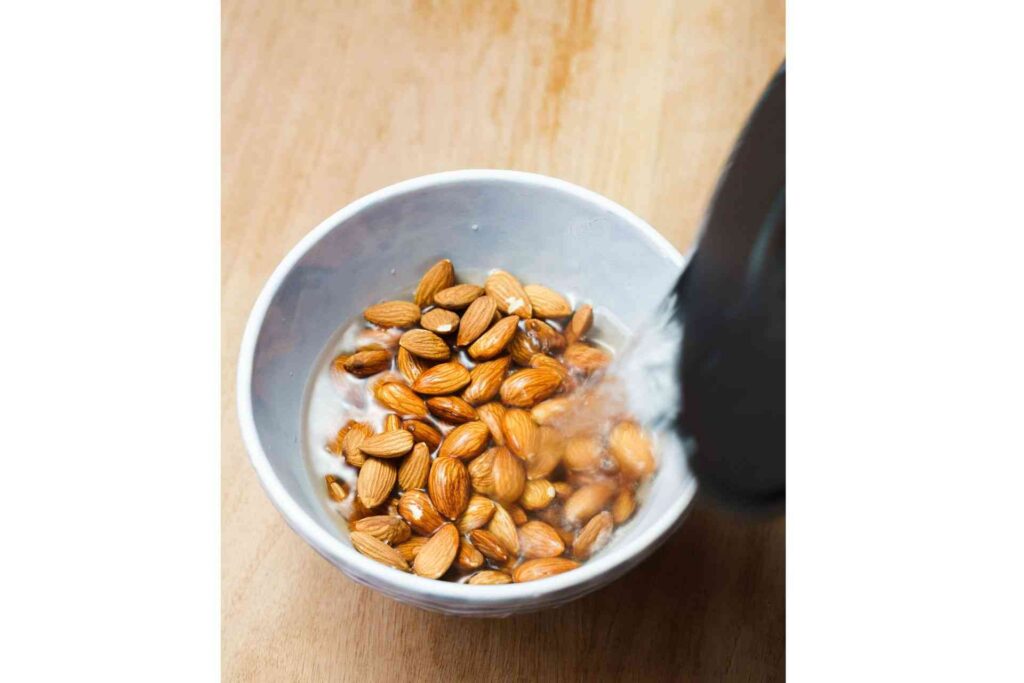
Take a saucepan or any container used for boiling water in your home and boil 2 cups, or the required amount of water, to soak the almond.
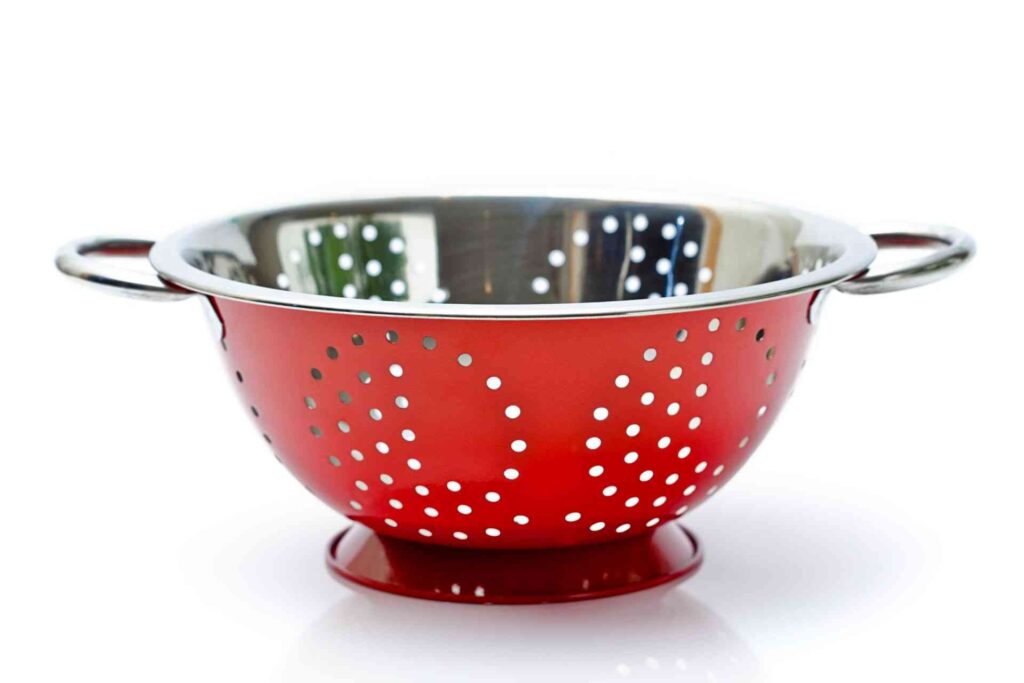
Put the almonds for 2 minutes and then drain the water using a colander. Then rinse the almond with cold water to make it peeling eligible in the hands.
Start peeling immediately using your index finger and thumb.
Keep in mind that too much putting in the boiled water makes it soft because after skin detaching it will then start absorbing the water. So keep your eyes on the almond skin and when it starts looking wrinkled, it is the best time to remove it from the water and start peeling the skin. Or take a spoon and take out a single almond then rinse it in cool water and check whether its skin is peeling off easily or it needs to be soaked in boiled water more.
Now next step is drying the peeled almonds.
So for drying, there are also 2 methods.
Method 1:
Method 1 is for those who are in no hurry and have plenty of time.

Keep the almonds for 4 to 6 hours or overnight to become dry. Long exposure to dryness can cause them to lose their freshness, so keep them in a lid-tight jar in a cool, dry, and dark area. This way, it can be fresh for up to a month.
Method 2:
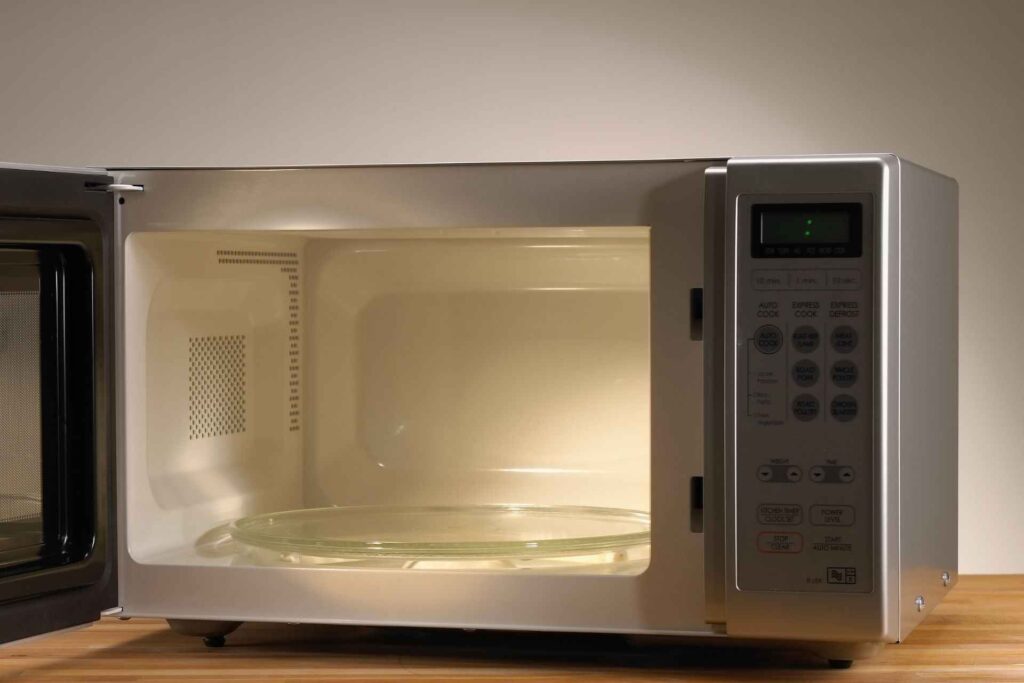
In the second method keep the almonds in the oven for an hour or keep checking after intervals and when sure it is dry then take them out from the oven for further processing.

Now that we have it all set up, it just needs to be blended with the food processor. So put the almond in the food processor and blend till the almond pieces become like flour.
After blending, just collect your flour from the food processor and it is are ready for use.
Conclusion/summary:
The answer to “Is almond flour good for diabetics?” is, YES, if it is sugar-free and you have no nut allergy. Almond flour should be taken in an amount that doesn’t exceed the limits because almonds are high in calories. Compared to wheat flour, the beautiful benefit of almond flour for diabetics is that there is no spike in the glucose level. Also, with the benefits of cholesterol control in almond flour, the heart and brain are maintained in good condition. Due to glucose control in the blood, the blood vessels are maintained unharmed, and cholesterol control makes the blood vessels open (prevent narrowing), putting diabetes under control and allowing you to enjoy life normally.
Tell me your opinion about the almond flour in the comment section.

